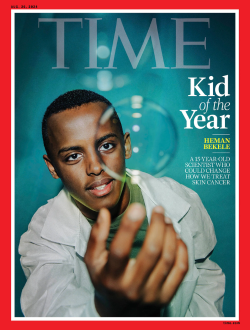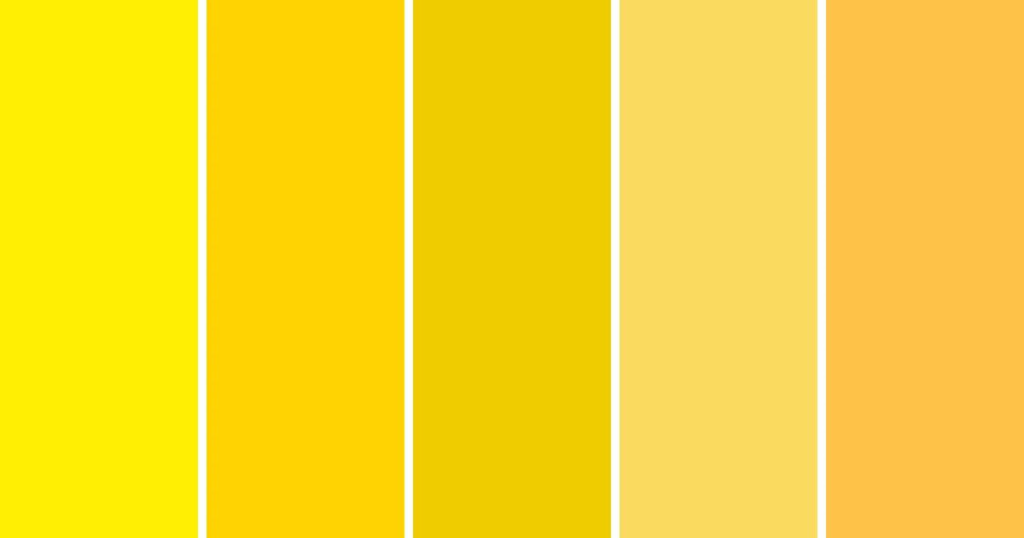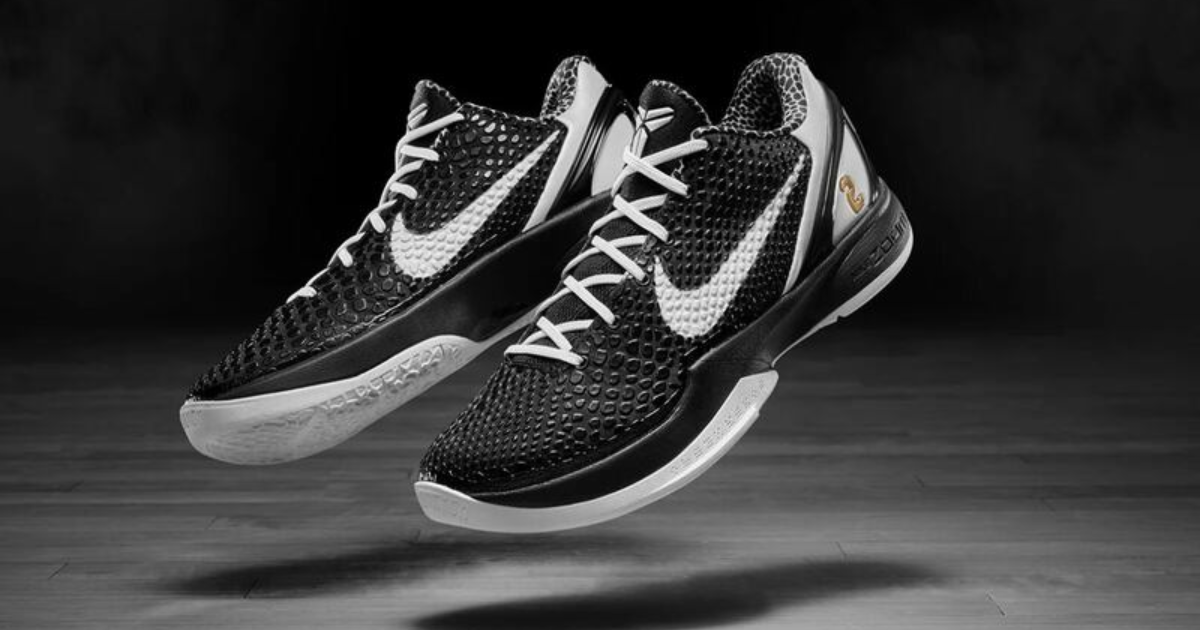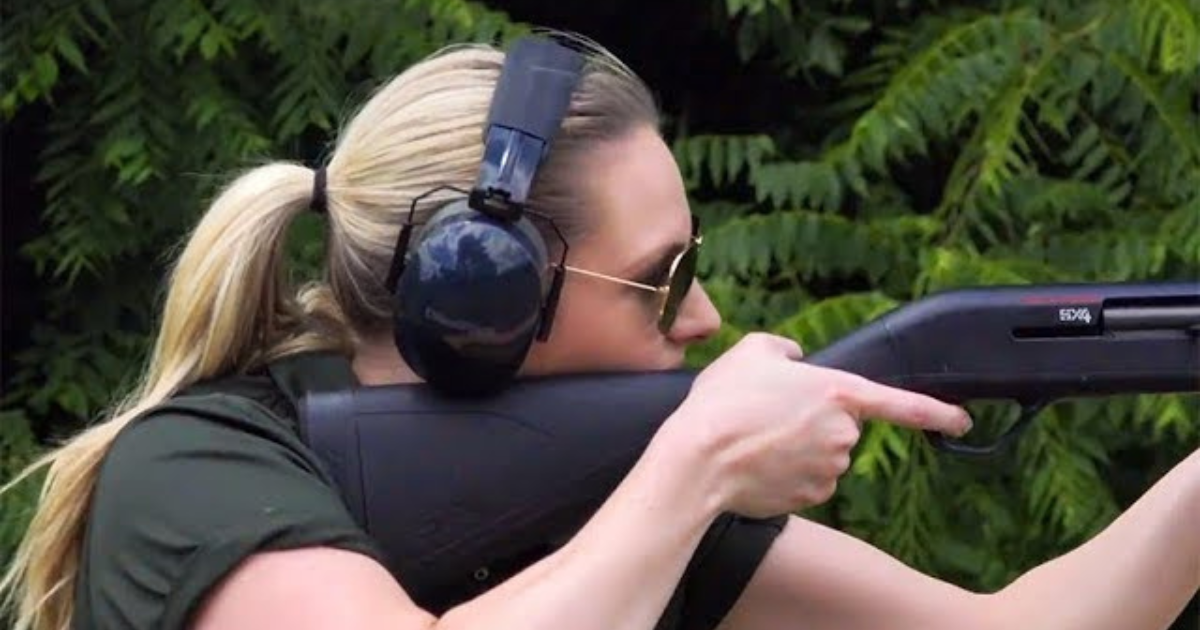Colors are a fascinating part of our world, and understanding how they interact can unlock a whole new level of creativity and knowledge. One of the most intriguing aspects of color theory is how different colors combine to create new shades. In this blog, we’ll explore the question: “What color makes yellow?” and dive into the basics of color mixing to understand how yellow is created.
The Basics Of Color Theory
Before we dive into how yellow is made, let’s briefly cover some basic color theory concepts. Colors are typically categorized into three types: primary, secondary, and tertiary.
- Primary Colors: These are the colors that cannot be created by mixing other colors. They are red, blue, and yellow.
- Secondary Colors: These are created by mixing two primary colors. For example, mixing red and blue gives purple, blue and yellow make green, and red and yellow create orange.
- Tertiary Colors: These are created by mixing a primary color with a secondary color, such as red-orange or blue-green.
The Primary Colors And Yellow
In the traditional color wheel used in art and design, yellow is one of the three primary colors, along with red and blue. Primary colors are unique because they can’t be made by mixing other colors. Instead, they serve as the building blocks for creating a wide range of other colors.
Creating Yellow From Other Colors
Since yellow is a primary color, it cannot be created by mixing other colors. This means that there is no combination of other colors that will produce yellow. However, it’s interesting to note how yellow interacts with other colors and how it can be used to create various shades and effects.
Mixing Yellow With Other Colors
Although yellow itself cannot be made from other colors, it can be combined with other colors to create different hues and shades. Let’s explore what happens when you mix yellow with other primary and secondary colors:
- Yellow and Red: When yellow is mixed with red, the result is orange. The exact shade of orange will depend on the proportions of yellow and red used. More yellow will create a lighter, more yellowish orange, while more red will produce a deeper, reddish orange.
- Yellow and Blue: Mixing yellow with blue results in green. Again, the shade of green depends on the ratio of yellow to blue. More yellow will give you a lighter, yellowish green, while more blue will create a darker, bluish green.
- Yellow and Green: Combining yellow with green will result in a lighter green or a yellowish green. The color outcome depends on whether you use more yellow or more green in the mixture.
- Yellow and Purple: Mixing yellow with purple creates a brownish or muddy color. This happens because yellow and purple are complementary colors (they are opposite each other on the color wheel), so when mixed, they tend to neutralize each other.
The Color Wheel And Yellow
The color wheel is a visual representation of colors arranged in a circle, showing how primary colors combine to create secondary and tertiary colors. Yellow, being a primary color, sits between green and orange on the color wheel. The wheel helps artists and designers understand how colors interact and how they can be combined to achieve the desired effect.
The Role Of Yellow In Art And Design
Yellow is a bright and vibrant color that often symbolizes happiness, energy, and warmth. It’s used in various ways in art and design to draw attention, create contrast, and evoke emotions. Understanding how yellow interacts with other colors is essential for creating harmonious color schemes and effective visual designs.
Color Mixing In Different Mediums
Color mixing can vary depending on the medium used. Here’s how yellow interacts with other colors in different contexts:
- Painting: In painting, particularly with acrylics or watercolors, the mixing of yellow with other colors follows the principles of subtractive color mixing. This means that the more colors you mix, the darker and more muted the result becomes.
- Digital Color Mixing: In digital design, colors are mixed using the additive color model, where colors are created by combining light. In this model, yellow is created by combining red and green light.
- Print Media: In printing, the subtractive color model is used, and yellow is one of the four primary colors in the CMYK color model (cyan, magenta, yellow, and black). This model is used to produce a wide range of colors by mixing different percentages of these four inks.
Conclusion
Yellow is a primary color and cannot be created by mixing other colors. However, understanding how yellow interacts with other colors can help you create a range of beautiful hues and shades. By exploring color mixing and how yellow combines with other colors, you can enhance your knowledge of color theory and improve your artistic and design skills.










